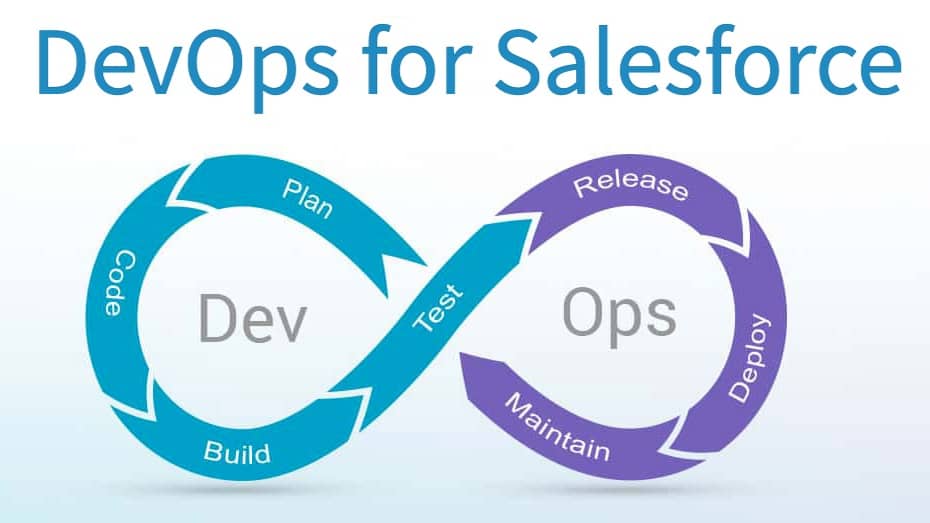DevOps practices for Salesforce deployments can be quite different from traditional software development due to Salesforce’s unique architecture and characteristics. Here are some best practices for Salesforce DevOps:
- Source Control: All Salesforce code and metadata should be stored in a version control system like Git. This provides a history of changes, allows for easy rollbacks, and supports collaboration among team members. Salesforce DX provides source-driven development which can be easily integrated with version control systems.
- Environment Management: Salesforce provides different types of environments (Developer Edition, Sandbox, Production). Use them appropriately for development, testing, staging, and production. Changes should flow through these environments in a controlled manner.
- Continuous Integration/Continuous Deployment (CI/CD): Automate the deployment process as much as possible. Salesforce DX and tools like Jenkins or CircleCI can be used for this. Automated deployments reduce errors, provide faster feedback, and free up developers to focus on coding.
- Automated Testing: Salesforce provides built-in testing frameworks for Apex, Visualforce, and Lightning components. Aim for a high level of code coverage and automate the running of these tests in your CI/CD pipeline. This ensures that changes do not break existing functionality.
- Code Review: Use the features of your version control system to perform code reviews. This helps maintain code quality and share knowledge among the team.
- Salesforce DX: Leverage Salesforce DX for modern and efficient development practices. Salesforce DX provides a set of tools including a CLI (Command Line Interface), scratch orgs for disposable test environments, and the ability to store code in a more diff-friendly format.
- Metadata and Data Deployment Strategy: Unlike traditional software, Salesforce combines both metadata (objects, fields, code) and data. You will need strategies for deploying both. Tools like Salesforce Data Loader or ETL tools can help with data migration.
- Monitoring and Alerts: Use Salesforce’s built-in monitoring tools, like the Debug Log, and external tools to keep an eye on your org’s health. Set up alerts for critical conditions.
- Governance: Establish clear processes for how changes are proposed, approved, developed, and deployed. This should include consideration of Salesforce’s limits and the need for periodic org cleanup.
- Change Data Capture and Audit: Use the Salesforce audit trail to track changes in your org. For more detailed tracking, consider a tool like Gearset.
